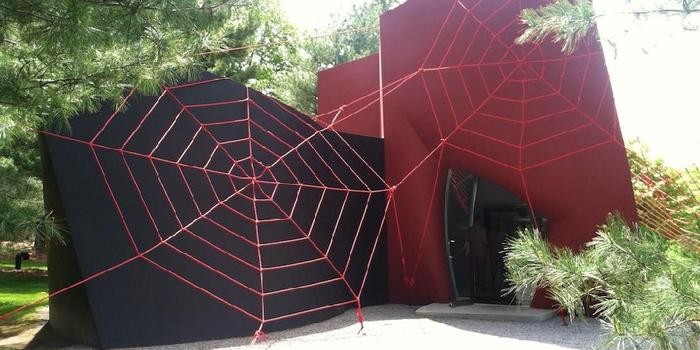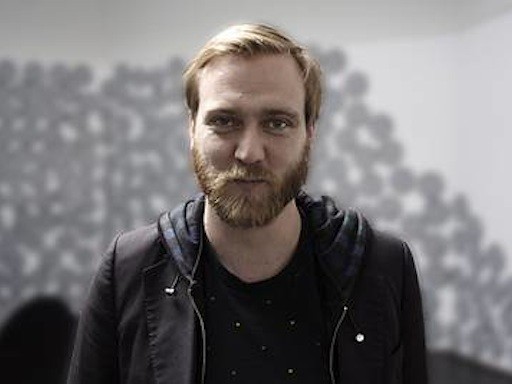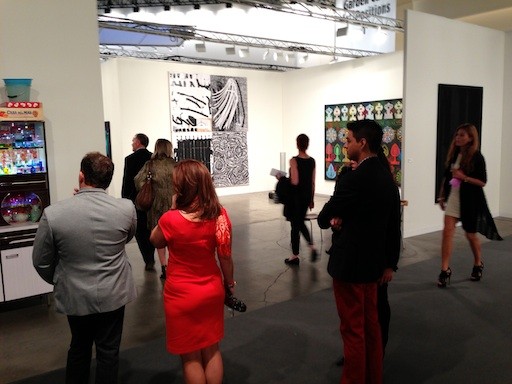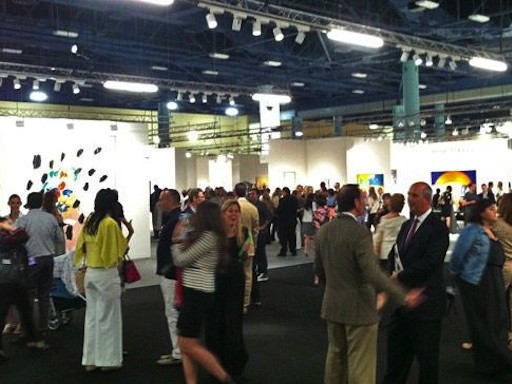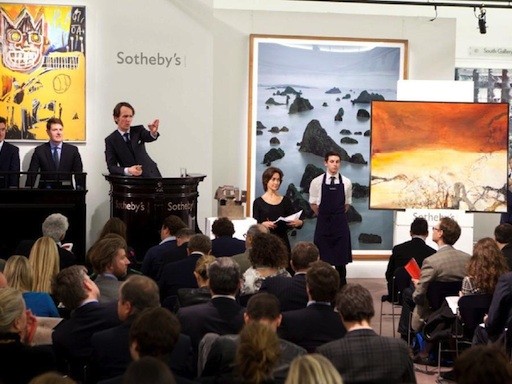Has the long and thorny Prince-Cariou saga finally come to its conclusion? Two weeks ago, the appellate court ruled (mostly) in favor of appropriation artist Richard Prince in his high-profile copyright dispute with photographer Patrick Cariou. The panel of judges ruled that 25 of Prince’s 30 “Canal Zone” collage-paintings fairly sourced images from Cariou’s book Yes, Rasta according to the legal doctrine of "fair use," which allows artists to employ other creators' imagery as long as they "transform" it into something substantively new. But the court somewhat oddly found itself unable to weigh in on the merits of the other five, which were found to have “relatively minimal” alterations. As a result, those paintings are now headed back to district court for reevaluation.
The case has been one of the most-closely watched in the art world, because the matter at the heart of the legal quarrel is whether Prince, a famously provocative appropriationist, was within his rights as an artist to freely use Cariou's work as fodder for his own art. In other words, it's a battle over the very legality of appropriation art, and every lawsuit that addresses this third-rail of contemporary artistic practice sets a legal precedent that can have market repercussions.
So, what happens now? And what does the ruling mean for those who bought Prince's work?
It means nothing, happily, for the owners of the undisputed paintings. Those parties are now free to show their pieces wherever they like without fear of violating copyright law. But it remains uncertain what will become of the remaining five paintings. Three of them were never sold; another, Graduation, was traded to megadealer Larry Gagosian in exchange for a Larry Rivers painting; and the final canvas, Canal Zone (2008), was sold to an unnamed collector for $1.2 million.
"Now you understand the concerns museums have about displaying works of appropriation art," said Prince’s lawyer, Josh Schiller. "The court recognized this, and the liability for institutions is no longer the concern that it was two years ago," but those five anomalous paintings mean that there is still lingering cause for doubt.
For this reason, advocates on both sides hope the battle sees another day in court, rather than fading into an ambiguous, sort-of win for Prince's style of appropriation. “It’s not a great place to try and draw a line,” said art advisor and lawyer Virginia Rutledge, who co-authored an amicus brief in support of Prince, referring to the strangely split ruling.
On the one hand, those who favor more lenient interpretations of fair use want the opportunity to reassure artists and collectors of the validity of appropriation art once and for all. "While we're glad the court was able to see the aesthetic difference of 25 of Richard Prince's works, there's no clear articulation of why the other five paintings at issue in this case were not judged as similiarly valid. This decision does very little or nothing to stop the chilling effect that we're already seeing. The court needs to hear from the art community," Rutledge said.
The effect is that some museums and collectors are responding to concerns over copyright infringement by requiring artists to sign contracts that indemnify the institution—meaning that the artist assumes financial responsibility for any legal costs that might result from the exhibition of their work.
“A work is either meaningful as a new artistic expression, which should clear it of any challenge of copyright infringement, or it is not. Who better than museums and collectors to stand up fro the art they have decided has artistic merit?" she said. "It is quite cynical to say that something is an important work of art you want to collect—and then add that if anyone ever challenges the value of the art, you’re going to put your hands up and throw the artist to the wolves."
But those in the Cariou camp think that maybe appropriation artists and collectors could use a little “chilling.” “Let’s use an analogy,” said collector and attorney Jay Butterman. “A collector has an obligation to determine the provenance of a work they possess; they cannot simply rely on the seller's assertion of provenance to protect them. If I buy a stolen work of art, as innocent as that purchase may be, I'm forced to return it. I can sue the seller, but that doesn't allow me to keep the work of art. And until I get it back from the seller, I'm out the money.”
Fortunately, there’s just one collector in this situation (aside from Larry Gagosian) who remains in limbo. If the case goes back to court—and a settlement could well be reached first—it seems likely that Prince’s attorneys will introduce curators and historians to argue that a “reasonable observer” should find the works transformative, given the established tradition of appropriation art. The saga, in other words, continues.











